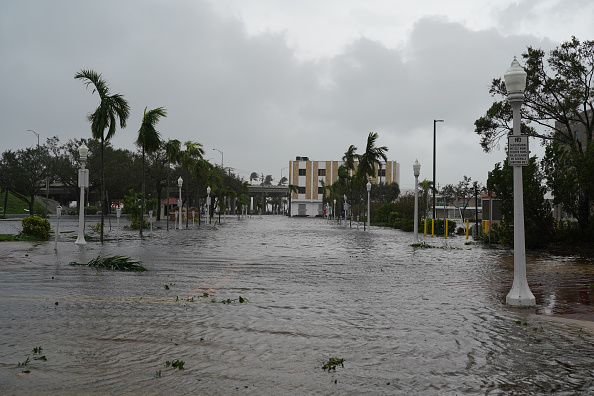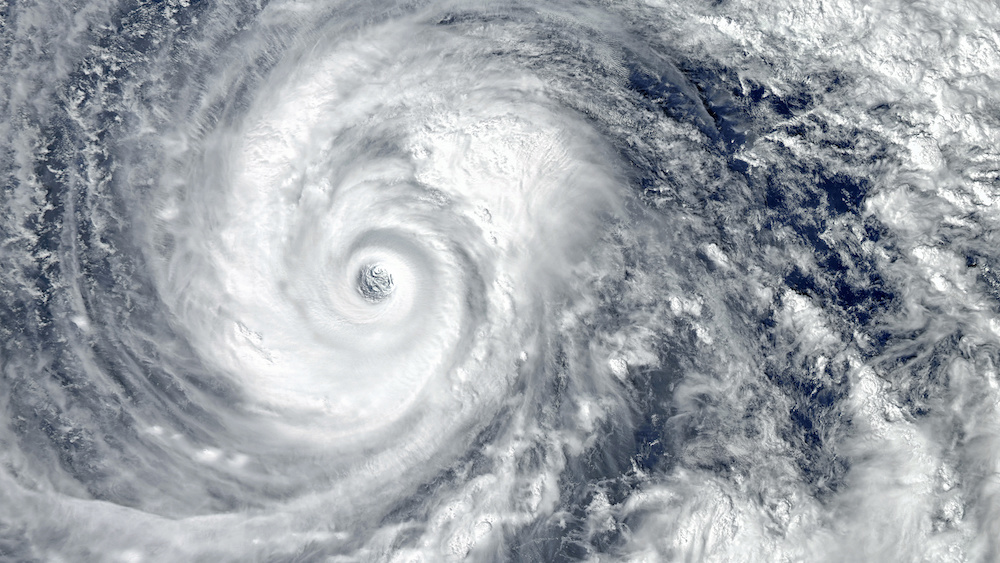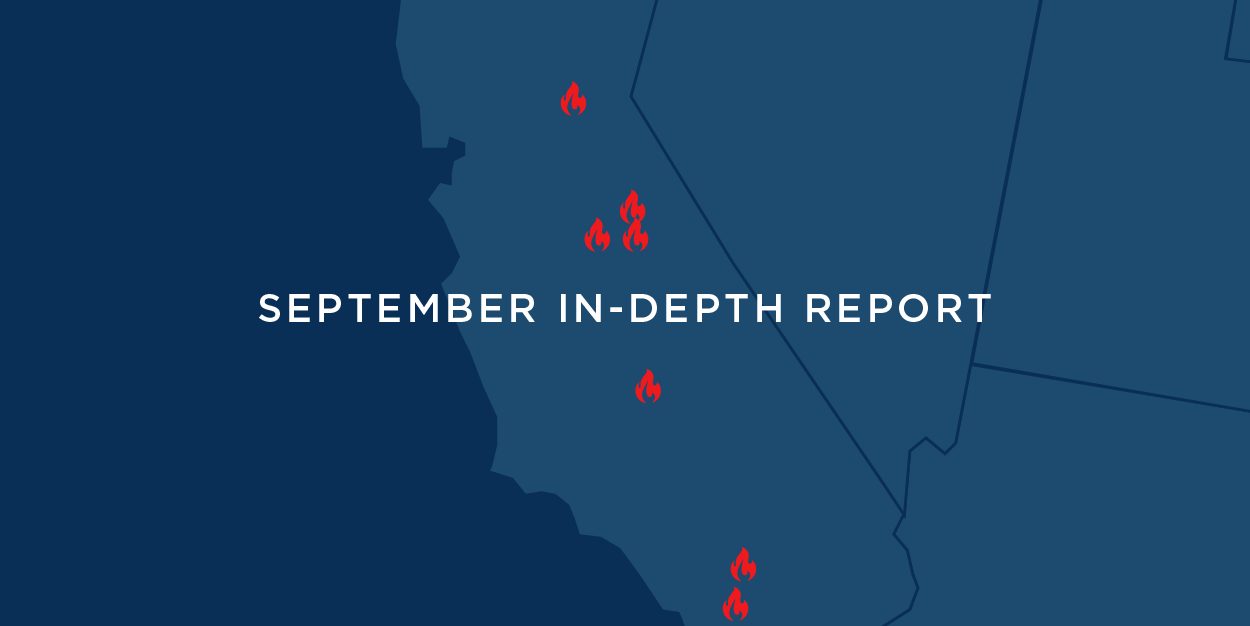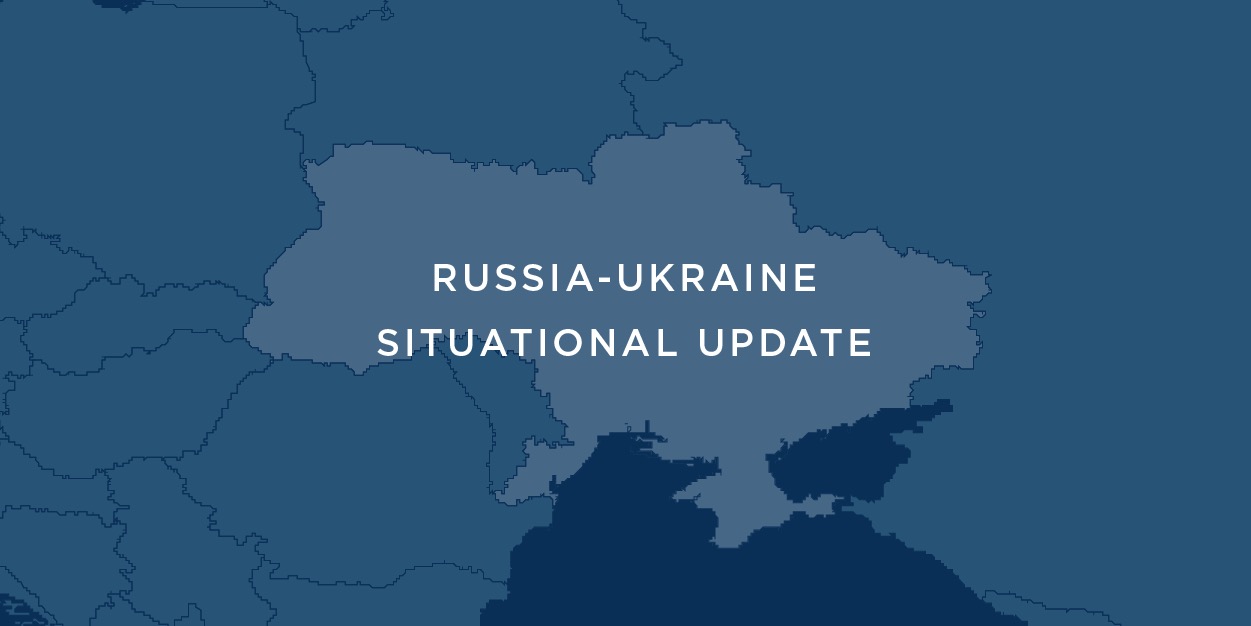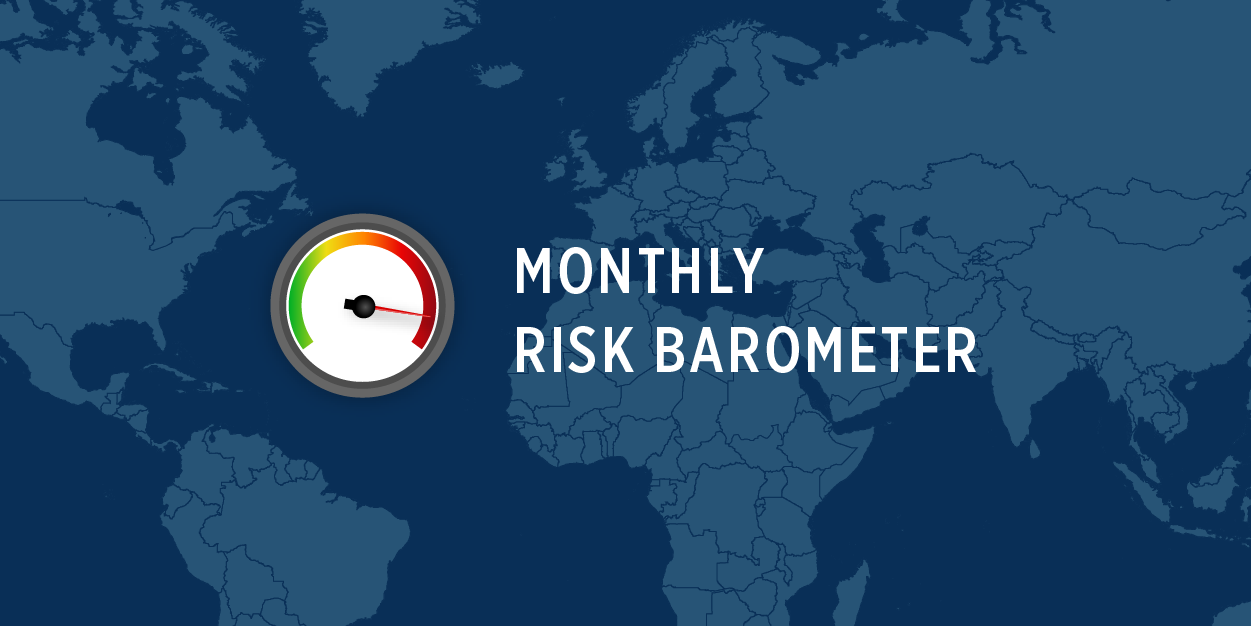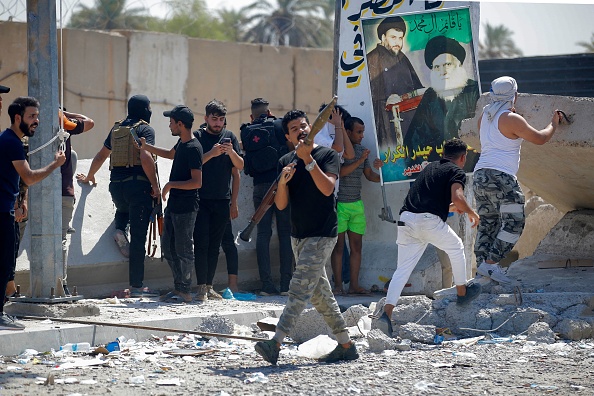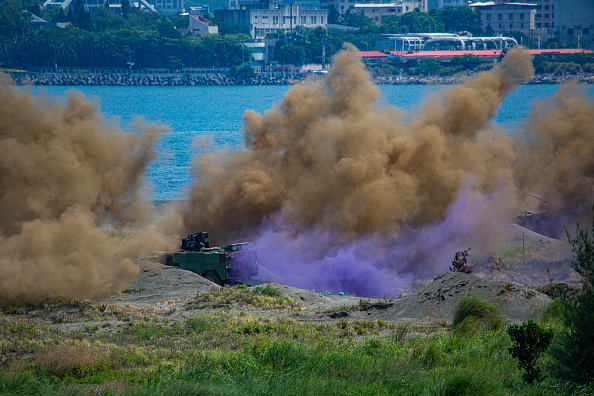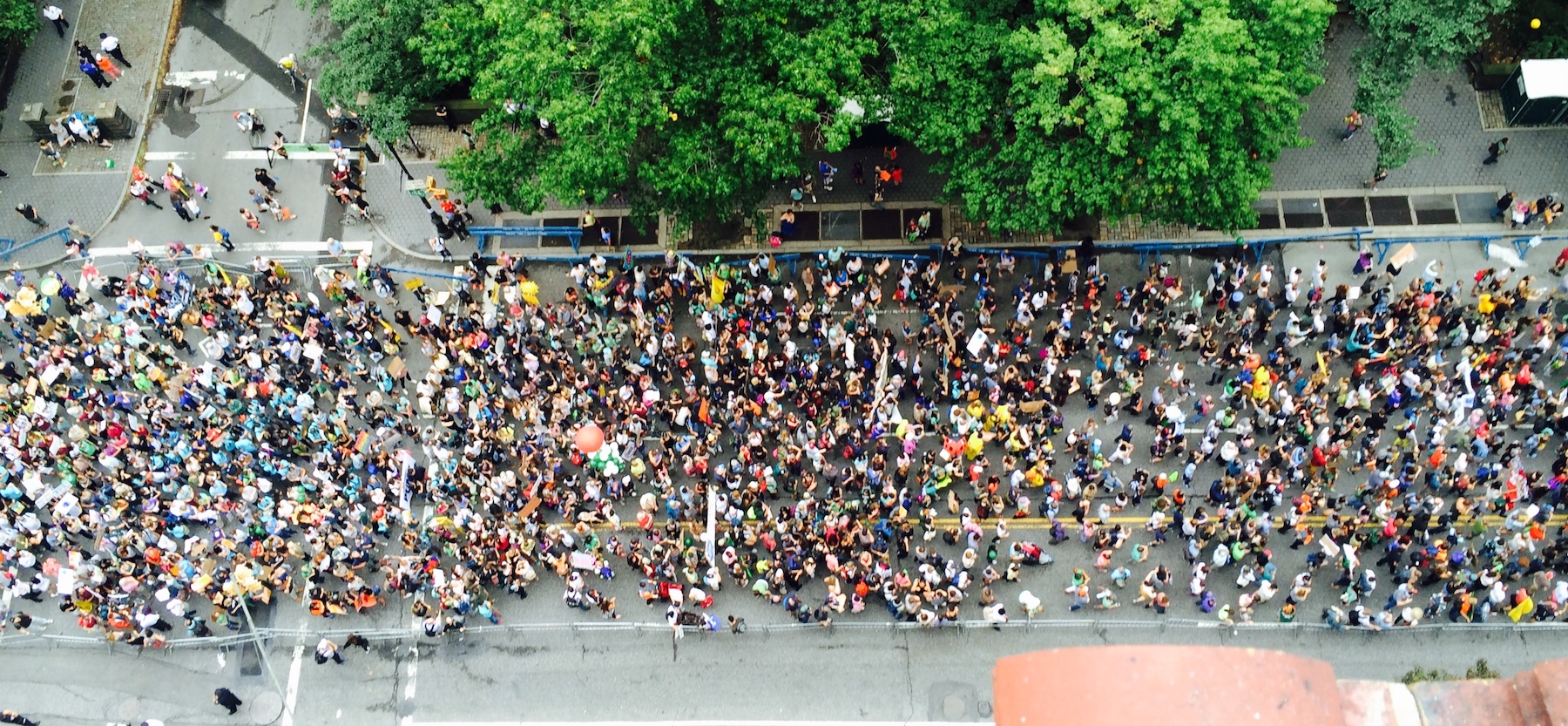In Global Guardian's new monthly Risk Barometer, our team of intelligence analysts will brief on current global hotspots with the potential to impact your business operations and travels. Read below for analysis on the threats we are closely monitoring this month and click here to subscribe for regular intelligence updates, including this monthly report.
Iraq’s Political Crisis Boils Over
On 29 August, civil unrest erupted across Iraq following the retirement announcement of Shi’a spiritual and political leader, Muqtada al-Sadr. Political tensions between al-Sadr's supporters and supporters of the pro-Iran Shiite Coordination Framework were already sky-high over efforts to break through the political deadlock that emerged from the October 2021 elections.
Violent protests were reported in Baghdad's Green Zone, Tahrir Square, Kadhimiya and Jadriyah areas, and in the cities of Diwaniyah, Nasiriyah, Basrah, Baqubah, Kut, and Samawah. Over 35 people were killed and at least 700 were injured in clashes between al-Sadr supporters and his Seraya Al-Islam armed militia, Iran-aligned paramilitary groups, and Iraqi security forces. Mortar and rocket-propelled grenade (RPG) fire was reported overnight, as well as at least four rocket explosions. During the fighting, al-Sadr’s Seraya Al-Islam destroyed Iran-affiliated Asa'ib Ahl Al Haq's headquarters in Diwaniyah and Kata'ib Hezbollah’s headquarters in Baghdad and Basra—sending a strong message to Iran.
Al-Sadr's supporters stormed Baghdad's International Zone (Green Zone) on 30 July and escalated their occupation of the area starting on 23 August in an attempt to pressure the country's judiciary to dissolve parliament, which would, in turn, trigger fresh elections.
While al-Sadr’s followers withdrew from their protest sites on 30 August, armed individuals assassinated Saraya al-Salam’s leader, Hussein Fouad, in Basra in the evening of 31 August. Armed clashes then broke out overnight between Saraya al-Salam and Asaib Ahl al-Haq fighters in the same area.
LOOKING FORWARD The security situation in Iraq is still highly volatile, with the potential to erupt again. With tens of thousands of politically opposed armed militiamen harboring deep grievances, further and more intense violence cannot be ruled out. Global Guardian will be monitoring Iraq's political developments, primarily announcements and events surrounding Muqtada al-Sadr. In addition, Iraq’s Federal Supreme Court is also expected to decide on whether or not parliament can be dissolved, and if new elections can be held—the main drivers of the recent political crisis and associated unrest. |
Israel-Gaza Flair Up Lowers Conflict Risk in the Short-Term
Following the 66-hour period of conflict between Israel and the Iranian-backed Palestinian Islamic Jihad (PIJ) militant group, the prospects of renewed violence have diminished in the immediate term. On 05 August 2022 the Israeli Defense Forces (IDF) launched a preemptive strike on PIJ, eliminating Tayseer Jabari, PIJ’s commander of northern Gaza, as well as several terror squads allegedly en route to conducting an attack. In response, PIJ began to launch rockets into Israel and the Israeli Air Force (IAF) continued to attack PIJ positions in Gaza.
During the three days of the conflict, 1,175 rockets were launched at Israel and the IAF hit 170 PIJ targets across the Gaza Strip. Most of the rocket barrages targeted the Israeli communities near the Gaza Strip and at cities in Israel’s south, though some targeted the greater Tel Aviv and Jerusalem areas. Over 96% of the rockets destined for Israeli population centers were intercepted by the Iron Dome missile defense system. Several rockets did manage to evade Iron Dome and land in populated areas and the majority of PIJ’s rocket arsenal is still intact. The Egyptian-mediated cease-fire went into effect on 07 August and continues to hold.
The IDF launched its campaign to prevent an imminent PIJ attack in retaliation for Israel’s arrest of Bassem Saadi, the PIJ’s West Bank leader. PIJ was involved in the terror wave in Israel during March and April which killed over a dozen Israelis. Since then, the IDF have cracked down on PIJ cells in the West Bank, ultimately leading to the capture of Saadi.
Travel Impact
In the lead up to the conflict, the IDF shut down roads and train lines that were vulnerable to fire from Gaza. Bomb shelters were opened in major cities and gathering restrictions were implemented in Israel’s communities near the Gaza Strip. Over 1.5 million people were instructed into bomb shelters. Several rockets fired in the direction of Tel Aviv Ben Gurion Airport (TLV) forced the rerouting of outgoing flight traffic and caused several flights in the air to divert on 07 August.
Analysis
The real story of this conflagration is that Hamas—the Islamist militant group who controls the Gaza Strip—did not enter the conflict and that mediation ended this round of fighting promptly.
Hamas’ Constraints – Burdened with the obligation of ruling Gaza, Hamas is under a triad of constraints:
- Financial: The Gaza Strip is undergoing a financial crisis with liquidity in the region drying up and a major rise in costs of food and fuel. Hamas is reliant on funding from Qatar which would be jeopardized should it have entered the conflict.
- Military: Hamas understands that it would lose members of its upper leadership in the initial onslaught should it enter the conflict.
- Political: Hamas is concerned with maintaining its grip on power. Following a tax hike in July, Gazans took to the streets to protest, a rare occurrence that highlights displeasure with the economic circumstances. Moreover, Hamas stood to gain very little politically, while it would have been held responsible for the casualties and destruction that would ensue from another war with Israel only one year after the previous iteration.
Better Diplomacy – The two most prominent interlocutors in Israel-Gaza affairs, Egypt and Qatar, worked together to rapidly and effectively mediate a ceasefire. Until a recent rapprochement between Qatar and the Arab Quartet in January 2021, Cairo and Doha found themselves on opposite sides of regional disputes and competed over brokering ceasefires in previous rounds of fighting. Going forward, this new entente has the leverage to end conflicts between Israel and Gazan militants faster and possibly even prevent minor conflagrations from turning into wider conflicts.
Advice
The events of early August underscore the need to keep up to date with the geopolitical situation in Israel prior to travel. Be it through receiving briefings from professional analysts to personally tracking the news in the weeks prior to travel, situational awareness is paramount when traveling to volatile security environments. Global Guardian also recommends that all travelers to Israel download rocket warning apps such as the Israeli Defense Forces Home Front Command app (iOS, Android) or the Red Alert: Israel app (iOS, Android) on their smartphones to provide real-time information on threats.
KEY TAKEAWAY The current geopolitical and macroeconomic environment created political conditions that are less likely to result in a major conflagration between Gaza-based militants and Israel in the short term. Both Hamas and residents of the Gaza Strip are more concerned with butter than guns. In the medium term, however, we can expect further rounds of deadlier conflict as Iran continues to fund, supply, and train militant groups in Gaza and around the Middle East. |
Concern Rises Over Zaporizhzhia Nuclear Power Plant amid start of Ukrainian Counter-Offensive in Kherson
After more than six months of conflict in Ukraine following Russia’s invasion, fighting is now largely concentrated in the south and eastern oblasts of Kherson, Zaporizhzhia, Donetsk, and Luhansk. A current area of significant concern is the Zaporizhzhia Nuclear Power Plant (NPP), located along the Dnipro River in northwestern Zaporizhzhia oblast. The power plant has been under Russian control since March. Fears are increasing over the possibility that military strikes could critically damage the plant, potentially leading to a nuclear disaster, which could spread deadly radioactive material across Europe. Shelling in the area, blamed on both Ukraine and Russia, has damaged infrastructure and sparked fires dangerously close to the NPP.
The recent Ukrainian counter-offensive that began in neighboring Kherson oblast has also raised the stakes for the NPP. Both Ukrainian and Russian forces are using artillery in their efforts to advance on, and repel, opposing forces, risking damage to the NPP. Additionally, there is concern that retreating Russian forces could sabotage the NPP in some way, in order to halt the advance of Ukrainian forces.
The head of the International Atomic Energy Agency (IAEA), Rafael Grossi, and a team of inspectors arrived at the NPP on 01 September to assess the situation. They are leaving a team of two people on-site permanently to monitor operations at the plant. Additionally, the IAEA has called for the establishment of a nuclear safety protection zone around the power plant.
Recent Developments
- 06 September: Russian officials say work is underway to restore the fifth power unit at the power plant following reported Ukrainian shelling overnight.
- 05 September: Zaporizhzhia plant was disconnected from Ukraine's power grid after Russian shelling.
- 02 September: Lithuania called on the United Nations (UN) to send a permanent delegation to the Zaporizhzhia NPP.
- 28 August: Russia claims pipeline damage in Ukrainian shelling near NPP buildings that store fuel and radioactive waste and near the pumping station cooling reactor.
- 26 August: Russia accused Ukrainian forces of firing six shells near the power plant; however, no damage was reported. Radiation levels are still considered normal at the NPP.
- 26 August: Ukraine’s Energoatom says the Zaporizhzhia nuclear plant has been reconnected to the country’s electrical grid after being cut off for the first time earlier in the week.
- A fire at a nearby coal-fired station that damaged high-voltage lines connecting the nuclear power plant to the power grid likely knocked the power grid offline.
POTENTIAL IMPACT While neither Russia nor Ukraine wants a Chernobyl-type situation and will likely do everything they can to keep the power plant operating safely, the NPP remains a powerful bargaining chip and important asset. A full meltdown and resulting explosions could send radioactive material across Ukraine and much of Europe and the Caucuses, depending on wind conditions. There is concern Russia could either divert the NPP’s electricity to their own power grid or take it offline from Ukraine’s power grid in the winter months, which could “freeze out” much of the country. The Zaporizhzhia NPP supplies 20% of Ukraine’s electricity, replacing that would prove extremely difficult, meaning parts of the country may not have power for extended periods of time |
Violence Across Mexico Highlights Risks of Travel
The month of August saw a significant increase in cartel-related violence across multiple areas of Mexico, including in Tijuana, Ciudad Juarez, Guanajuato, and Guadalajara. The violent clashes, including shootouts, vehicle blockades, fires, and car-jackings followed the arrest of a CJNG leader in Guadalajara and gang clashes inside a prison in Ciudad Juarez. This uptick underscores the omnipresent risk of violence in Mexico, and the need for low-profile, secure transportation for travel within the country.
Despite the recent spate of violence, intentional homicides fell just over 9 percent in the first half of 2022 compared to the same period in 2021, from 16,948 murders to 15,400 murders. While the homicide rate remains high in Mexico, total homicides fell slightly in 2021 (33,315) from record levels of violence in 2020 (34,554) and 2019 (34,690).
Cartel Jalisco Nuevo Generacion (CJNG)
The CJNG, based out of Jalisco, is responsible for much of the uptick in violence over the last several years. It controls or fights for territory in Guanajuato, Michoacan, Baja California, Mexico, Jalisco, Chihuahua, and Guerrero, among other locations across the country. The above-mentioned seven states accounted for over half of the national total of homicides in the first six months of the year. The CJNG engages in drug trafficking, kidnapping, extortion (particularly of avocado & lime farmers), oil pipeline tapping, and other criminal activities.
Recent Incidents
- 09-10 August: Overnight violence erupted in Guadalajara and Guanajuato after the arrest of high-ranking CJNG member "El Doble R" on 09 August. Cartel members clashed with security forces, set fire to at least 25 OXXO convenience stores, and set several vehicles ablaze to prevent the passage of security forces. At least three people were killed, 19 vehicles destroyed, and 11 suspects arrested.
- 11 August: At least 10 people were killed in Ciudad Juárez after suspected cartel members attacked multiple fast-food restaurants and convenience stores. The attacks were linked to deadly gang clashes that occurred at a Ciudad Juárez prison (Cereso No. 3) earlier in the day.
- 12-13 August: Overnight cartel violence broke out across northern Baja California, including in Tijuana, Mexicali, Ensenada, and Rosarito. Multiple vehicles, including buses and taxis, were car-jacked and set ablaze, forming burning blockades. Multiple convenience stores were targeted with fire as well in an effort to cause chaos and divert emergency services. It is believed that CJNG members carried out the blockades in response to the arrest of "El Doble R" in Guadalajara several days before. At least 17 people were arrested in connection with the burning blockades.
- 14 August: At least seven people were injured after gunmen opened fire on the Botanero Veintiuno bar in Manzanillo, Colima.
- 16 August: At least four police officers were kidnapped, and two police vehicles were set on fire when gunmen attacked a police station in Moctezuma, San Luis Potosí. The police officers were later found unharmed.
- 17 August: At least three people were killed, and another was wounded following a firefight between suspected cartel gunmen and security forces near El Huizache, San Luis Potosí.
- 27-28 August: Two people were killed and more injured after armed groups clashed in Zacatecas, lighting at least eight vehicles on fire and lining roads with sharp objects to deter police.
IMPACT As a result of the violence, the Mexican Army sent 350 soldiers and National Guard personnel to Tijuana to be deployed across Baja California state to help shore up security. A similar deployment occurred in the Quintana Roo area last year following an uptick in cartel violence in Cancun, Tulum, Playa del Carmen, and Cozumel. Further violence is possible in the near-term and can be expected following future arrests of any high-ranking cartel members. While dropping, the homicide rate in Mexico remains high, and the country is on track to report more than 30,000 murders this year. |

